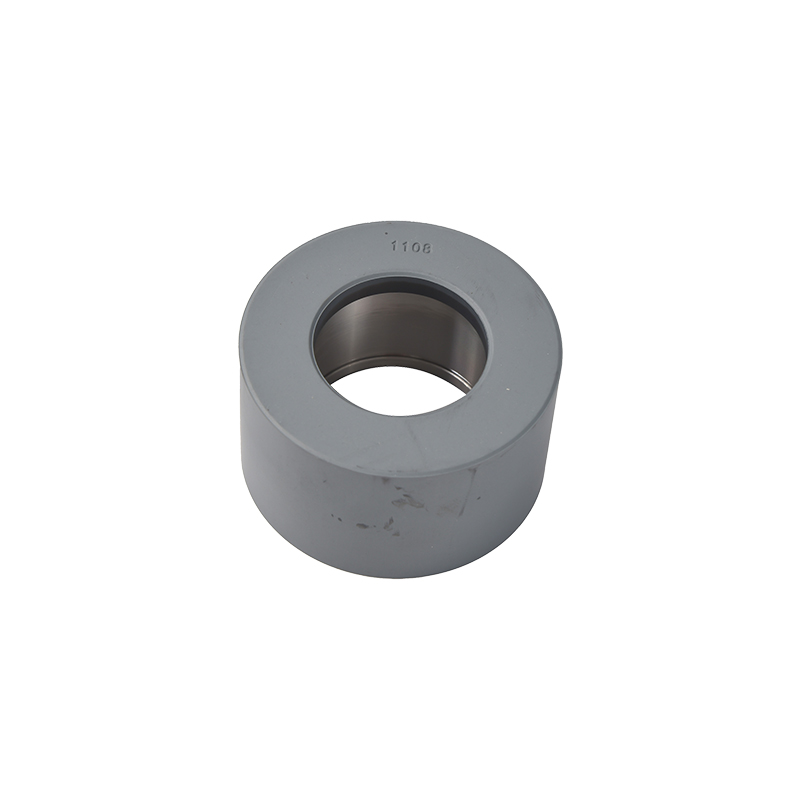In the automotive industry, one component that is often overlooked but plays a crucial role in the proper functioning of an engine's serpentine belt system is the belt tensioner pulley. The serpentine belt is responsible for transmitting power from the engine to various auxiliary components such as the alternator, power steering pump, and air conditioning compressor. However, for the serpentine belt to work correctly, it needs to maintain the proper tension. This is where the belt tensioner pulley comes in. The belt tensioner pulley applies tension to the belt, keeping it at the optimal tension for proper operation. If the belt is too loose, it may slip or even fall off, resulting in damage to the engine components. On the other hand, if the belt is too tight, it may cause premature wear and tear on the belt and other engine components.
The belt tensioner pulley is typically mounted on a spring-loaded arm that applies pressure to the serpentine belt. The arm is designed to move in response to changes in belt tension, maintaining the correct tension throughout the belt's lifespan. Additionally, the belt tensioner pulley may include a damping mechanism that helps to reduce belt vibrations, noise, and premature wear.
Like any other engine component, the belt tensioner pulley requires regular maintenance to ensure its proper function. Some common maintenance practices include checking the pulley for wear or damage, ensuring the pulley rotates freely, and inspecting the tensioner arm for proper movement. It's also crucial to check the serpentine belt's condition regularly and replace it if it shows signs of wear, cracking, or fraying. It's recommended that the belt tensioner pulley be replaced at the same time as the serpentine belt for optimal performance.
OEM Belt Tensioner Pulley Manufacturers tell you that the belt tensioner pulley may be a small and often overlooked component, but it plays a critical role in the proper functioning of an engine's serpentine belt system. It's essential to understand its importance, function, and maintenance requirements to ensure optimal performance and avoid costly engine damage. By following regular maintenance practices, such as checking the pulley for wear and damage, ensuring the pulley rotates freely, and inspecting the tensioner arm's proper movement, you can help prolong the lifespan of your vehicle's serpentine belt system and keep your engine running smoothly.


Product Description:crankshaft pulley with timing teeth
Application &Purpose:this part is timing pulley with teeth assembled for the crankshaft with timing belt ;with 600tons to 1000tons pressing machines to make the teeth precisely ;
Material:Iron powder sintered FC-0208-40(Copper added alloy)Customerized material
Main Process:Mixing iron alloy powder-forming-sintering-sizing--CNC center machining-Anti-rust oil spraying-packing


 简体中文
简体中文 English
English













